Amazing Moon Photos from NASA's Lunar Reconnaissance Orbiter
Resolution Comparison Between Nominal Orbit Images of the Apollo 17 landing site and the New Low Orbit Image
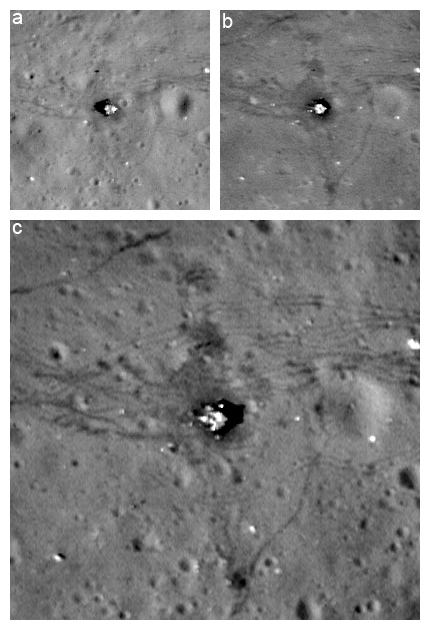
Resolution comparison between nominal orbit images of the Apollo 17 landing site and the new low orbit image.
Rover Lunokhod
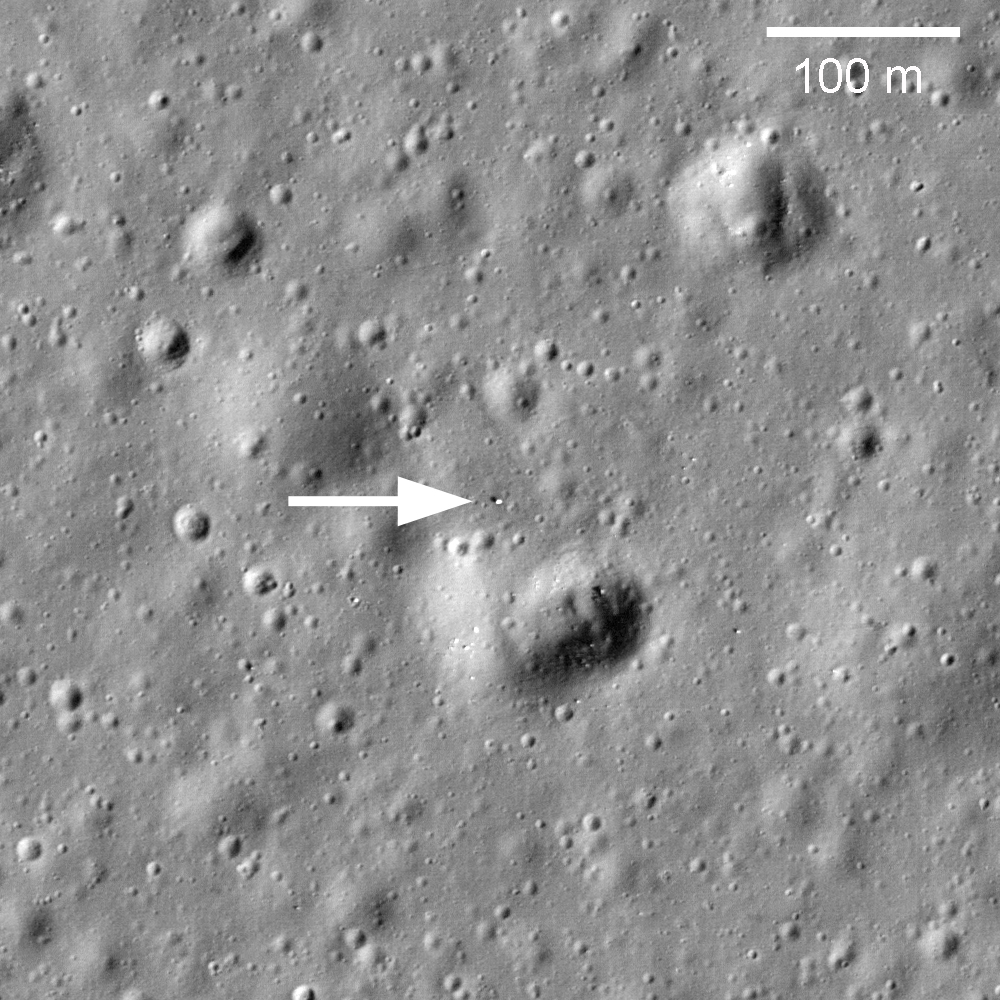
NASA's LRO recently discovered the Russian Robotic rover Lunokhod 1 that landed on the moon in 1970 and vanished from detection in September 1971.
LRO shows natural bridge on moon
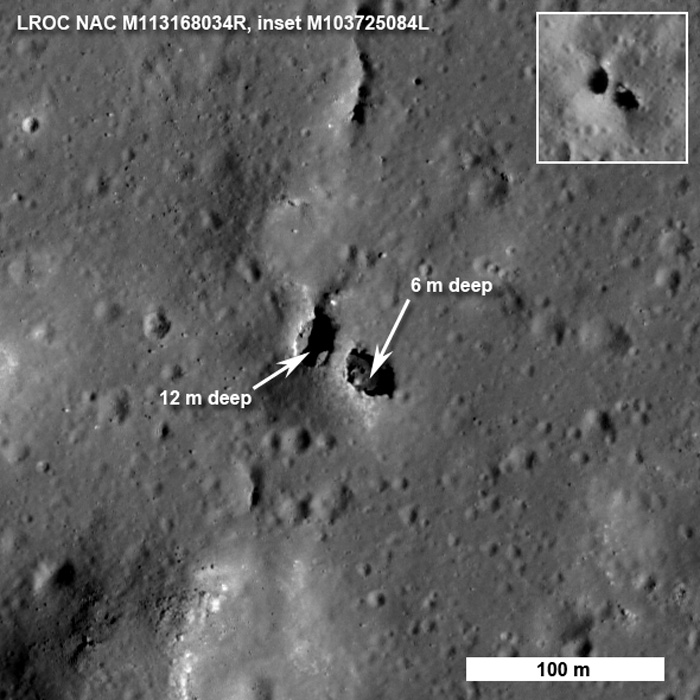
NASA's Lunar Reconnaissance Orbiter snapped this shot of a natural bridge on the moon. It's about 7 meters wide on top and 20 m across, and likely formed following the dual collapse of a lava tube. The ground at the base of the bridge is about 6 to 12 meters below the surface. North is up.
LRO view of far side of the moon
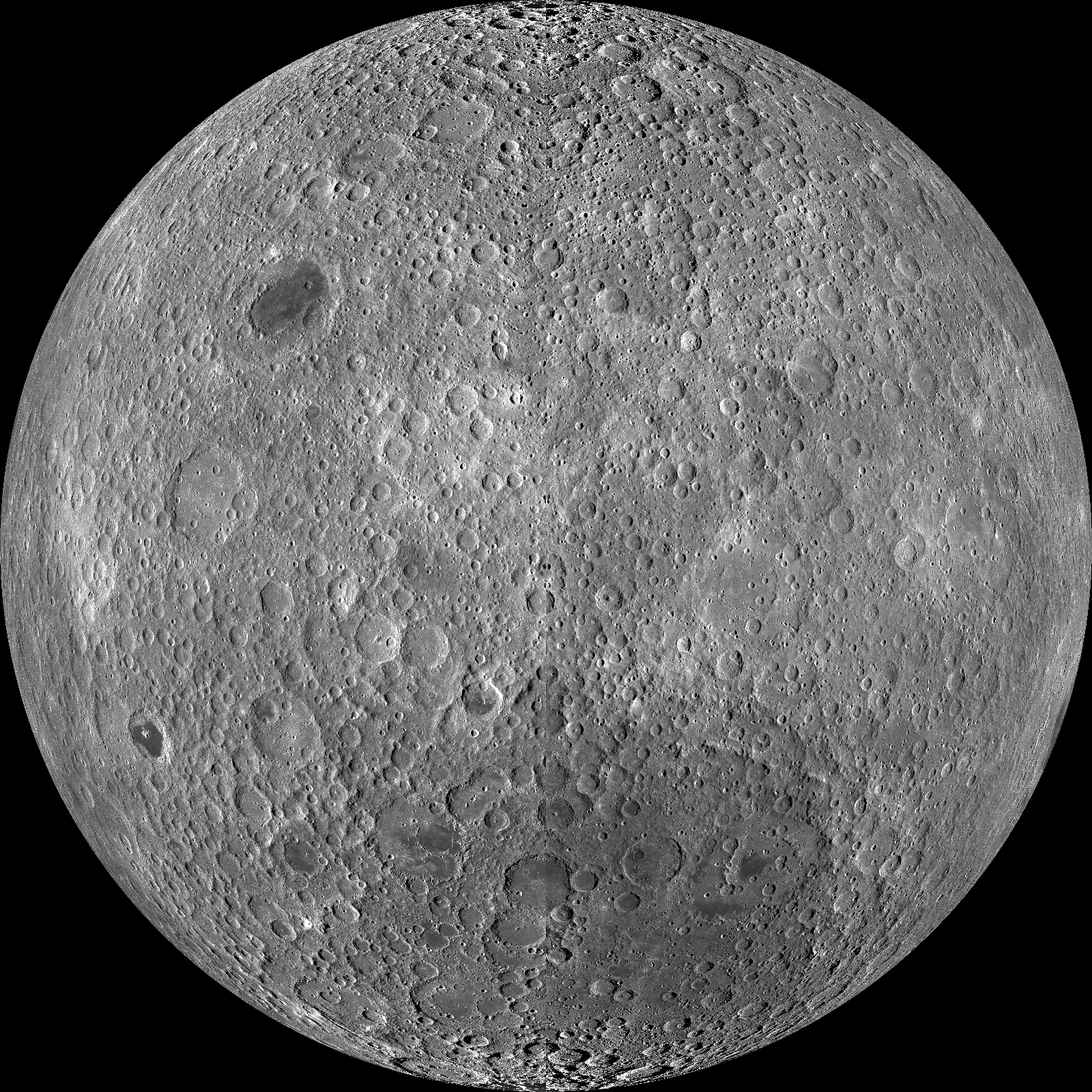
This image, taken by NASA's Lunar Reconnaissance Orbiter spacecraft, is the most detailed view of the moon's far side to date.
The Moon Sees Green
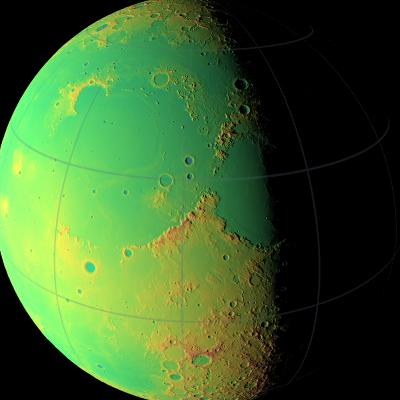
A topographic map of the moon, centered on the Apollo 15 landing site, highlighting the Apennine and Caucasus ranges and the fairly subtle wrinkling in Serenitatis. The false colors indicate elevation: red areas are highest and blue lowest. The map was created by NASA’s Lunar Reconnaissance Orbiter. Credit: NASA/GSFC/MIT/SVS. Full story.
LRO Moon Slope Map
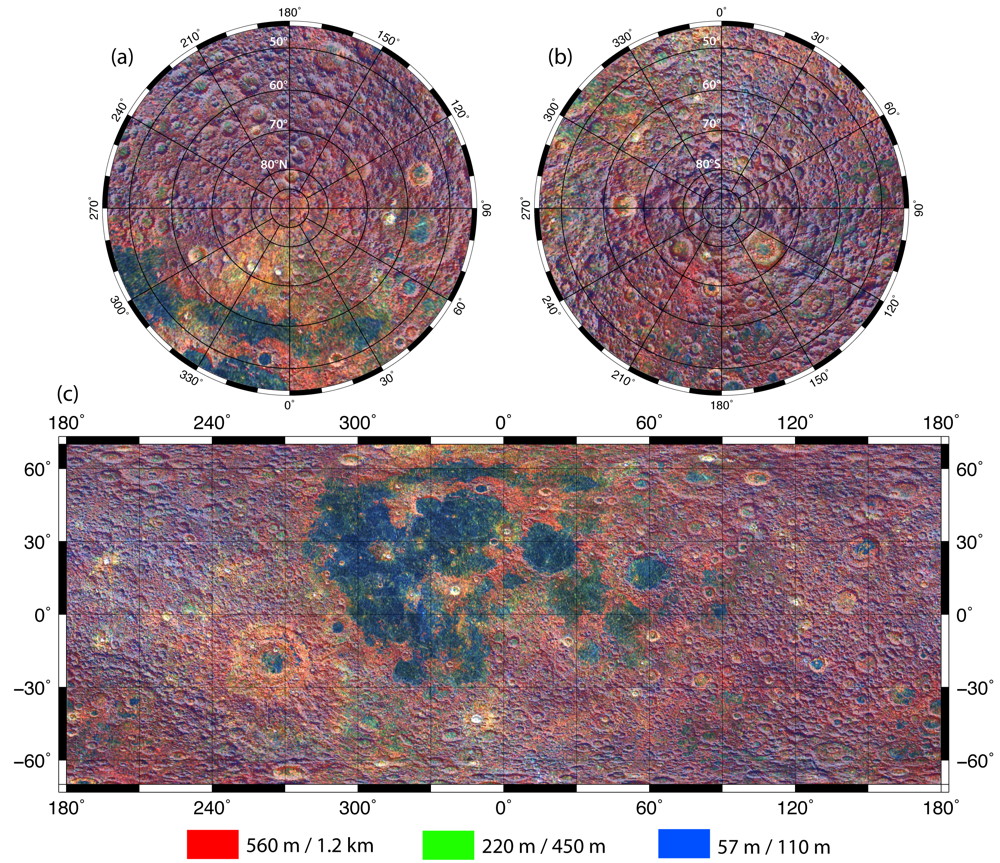
The colors in this image reveal information about the slope and roughness of the moon's surface.
Lunar Reconnaissance Orbiter: Searching For A 'New Moon'
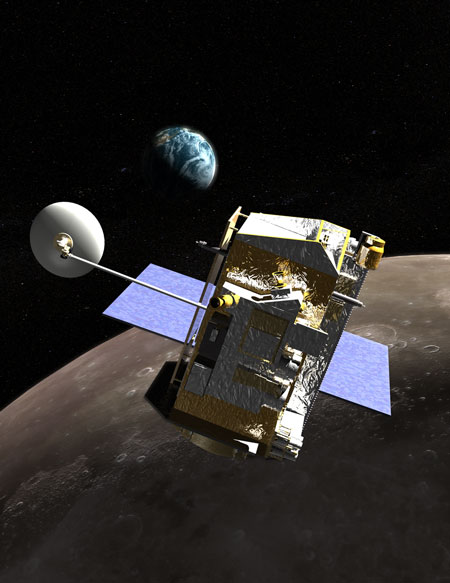
NASA’s Lunar Reconnaissance Orbiter is kick-starting a volley of robot craft that will explore the Moon prior to a human return. Image
Get the Space.com Newsletter
Breaking space news, the latest updates on rocket launches, skywatching events and more!
LOLA Data of the Moon
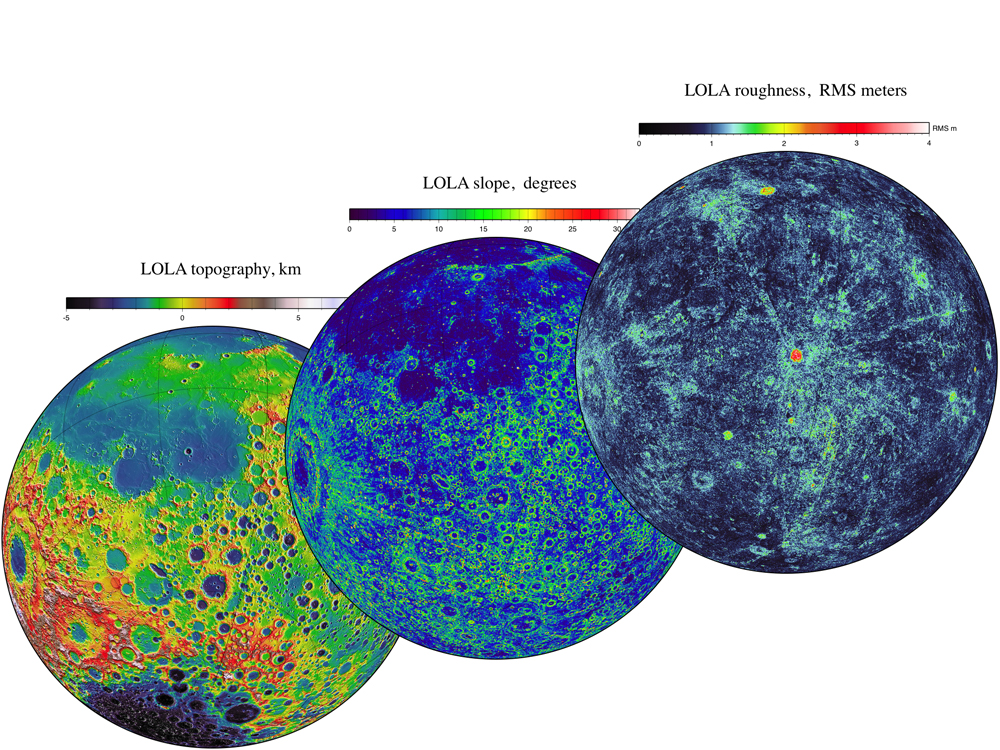
LOLA data from NASA's Lunar Reconnaissance Orbiter shows three complementary views of the near side of the moon: the topography (left) along with new maps of the surface slope values (middle) and the roughness of the topography (right). All three views are centered on the relatively young impact crater Tycho, with the Orientale basin on the left side.
New Photos Reveal Apollo 11 at First Moon Landing Site
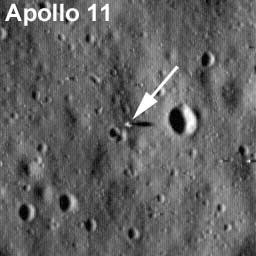
In this image, the Apollo 11 lunar lander and it shadow can be seen in a view from NASA's new Lunar Reconnaissance Orbiter, which is scouting the moon for new landing sites for future astronauts.
Moon Craters Could Be Coldest Place in Solar System
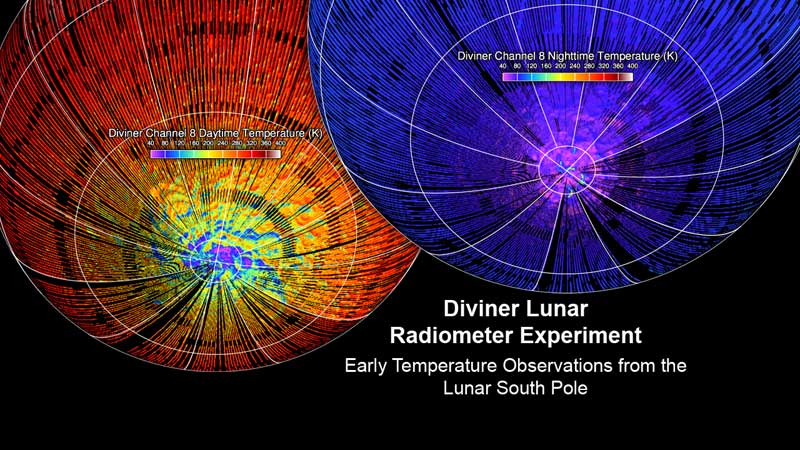
This image shows daytime (left) and nighttime lunar temperatures in Kelvin recorded by the Diviner instrument on NASA's Lunar Reconnaissance Orbiter in new images released Sept. 17, 2009.
Join our Space Forums to keep talking space on the latest missions, night sky and more! And if you have a news tip, correction or comment, let us know at: community@space.com.

Space.com is the premier source of space exploration, innovation and astronomy news, chronicling (and celebrating) humanity's ongoing expansion across the final frontier. Originally founded in 1999, Space.com is, and always has been, the passion of writers and editors who are space fans and also trained journalists. Our current news team consists of Editor-in-Chief Tariq Malik; Editor Hanneke Weitering, Senior Space Writer Mike Wall; Senior Writer Meghan Bartels; Senior Writer Chelsea Gohd, Senior Writer Tereza Pultarova and Staff Writer Alexander Cox, focusing on e-commerce. Senior Producer Steve Spaleta oversees our space videos, with Diana Whitcroft as our Social Media Editor.









